#Roman Cities
Text

Karel Thole - Wölfe in der Stadt, 1973
#karel thole#wölfe in der stadt#wolves in the city#vampir horror roman#cover art#horror art#wolf#wolves#art#painting
4K notes
·
View notes
Text
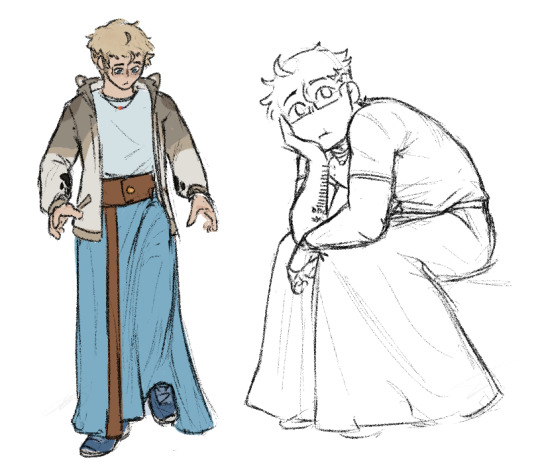
felt compelled to doodle Jason in a skirt cause I feel like he'd be a skirt kind of guy
#pjo#riordanverse#jason grace#my art#also yes he has a wolf hoodie. of course he does.#''why would jason be a skirt kind of guy'' he's roman. he was raised in a city where people were togas all the time#and before that was raised by wolves and also he's adhd (probably AuDHD). look me in the eyes and tell me he wouldn't hate pants.#like. will he tolerate them? yeah. but only because he has to
674 notes
·
View notes
Text

The Arch of Titus by Canaletto
#canaletto#art#arch of titus#architecture#city#rome#italy#roman#ancient rome#ruins#history#antiquity#europe#european
1K notes
·
View notes
Text


Painted Scylla Statues Found in Turkey
Excavations in ancient Laodicea have revealed a rare collection of painted Scylla statues.
Laodicea was an Ancient Greek city on the river Lycus, located in the present-day Denizli Province, Turkey.
The city was founded between 261-253 BC by Antiochus II Theos, king of the Seleucid Empire, in honour of his wife Laodice. Over the next century, Laodicea emerged as a major trading centre and was one of the most important commercial cities of Asia Minor.
After the Battle of Magnesia during the Roman–Seleucid War (192–188 BC), control of large parts of western Asia Minor, including Laodicea, was transferred to the Kingdom of Pergamon. However, the entire Kingdom of Pergamon would eventually be annexed by the expanding Roman Republic in 129 BC.



The many surviving buildings of Laodicea include the stadium, bathhouses, temples, a gymnasium, two theatres, and the bouleuterion (Senate House).
Recent excavations led by Prof. Dr. Celal Şimşek from Pamukkale University have revealed a rare collection of painted Scylla statues during restoration works of the stage building in the Western Theatre.
In Greek mythology, Scylla is a man-eating monster who lives on one side of a narrow strait, opposite her counterpart, the sea-swallowing monster Charybdis. The two sides of the strait are so close (within an arrow’s range), that sailors trying to avoid Charybdis’s whirlpools would dangerously come into range of Scylla.
Scylla is first mentioned in Homer’s Odyssey, where Odysseus and his crew encounter both Scylla and Charybdis during their voyage back to Ithica following the conclusion of the Trojan War.


In a press statement by Nuri Ersoy, Minister of Culture and Tourism: “These extraordinary sculptures are quite important in terms of being rare works that reflect the baroque style of the Hellenistic Period and have survived to the present day with their original paints.”
The archaeologists suggest that the sculptures were made by sculptors in Rhodes during the early 2nd century BC and are the oldest known examples from antiquity.



#Painted Scylla Statues Found in Turkey#ancient Laodicea#ancient greek city#sculptures#ancient sculptures#ancient artifacts#archeology#archeolgst#history#history news#ancient history#ancient culture#ancient civilizations#greek history#roman history#roman empire#greek art#ancient art#art history
207 notes
·
View notes
Text
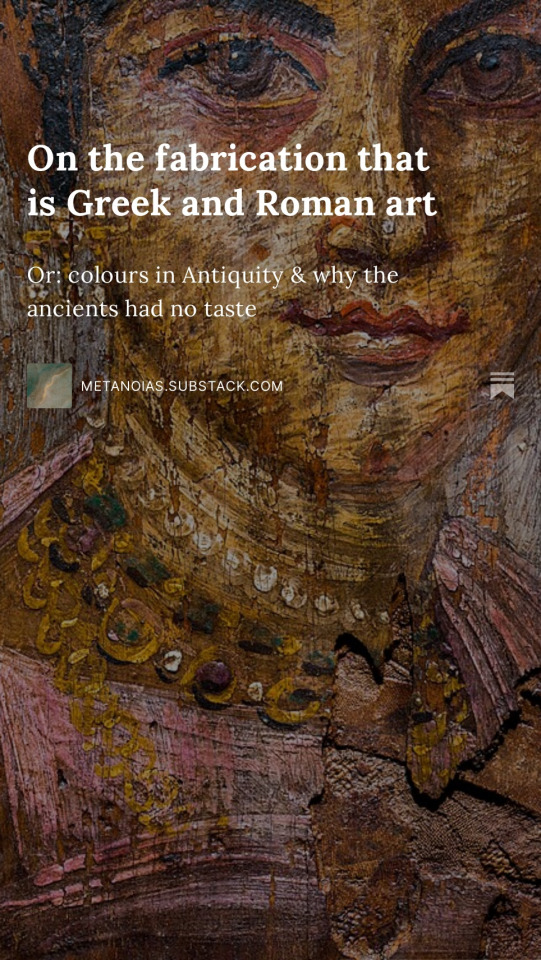
When you think of ancient Greece or the Roman Empire, visions of white togas, ivory temples and sand-coloured amphitheatres likely come to mind.
If so, you might be in for a surprise.
Because this off-white and eggshell-dominated palette, which inspired the pristine surfaces of Renaissance sculptures and the blank facades of Neoclassical buildings, is… a lie.
We now know the ancient world was steeped in colour. It was, perhaps, a tad too colourful for our modern sensibilities — even borderline garish at times.
Click here to learn why generations of scholars and artists believed in a monochrome Classical Antiquity and see historically accurate reconstructions of ancient statues and buildings in all their glorious peacockery.
#art#ancient art#ancient greece#ancient rome#ancient history#ancientmonuments#ancient cities#ancient civilizations#ancient sculpture#roman empire#roman art#art history#history#archeology#archaeology#colors#colours#colour#italy#greece#greek mythology#roman mythology#ancient greek#rome#rome italy#histoire#historic
736 notes
·
View notes
Text









“Marmoream relinquo, quam latericiam accepi”
— Augustus, First Roman Emperor
#ancient rome#augustus#classics#roman empire#roman emperor#emperor#roman#rome#italy#roma#gaius octavius#aesthetic#academia#latin#quote#ruler#city#daily#literature#classic academia#classic literature#academia aesthetic#books#moodboard#architecture#roman architecture#ancient roman art
162 notes
·
View notes
Text










254 notes
·
View notes
Text
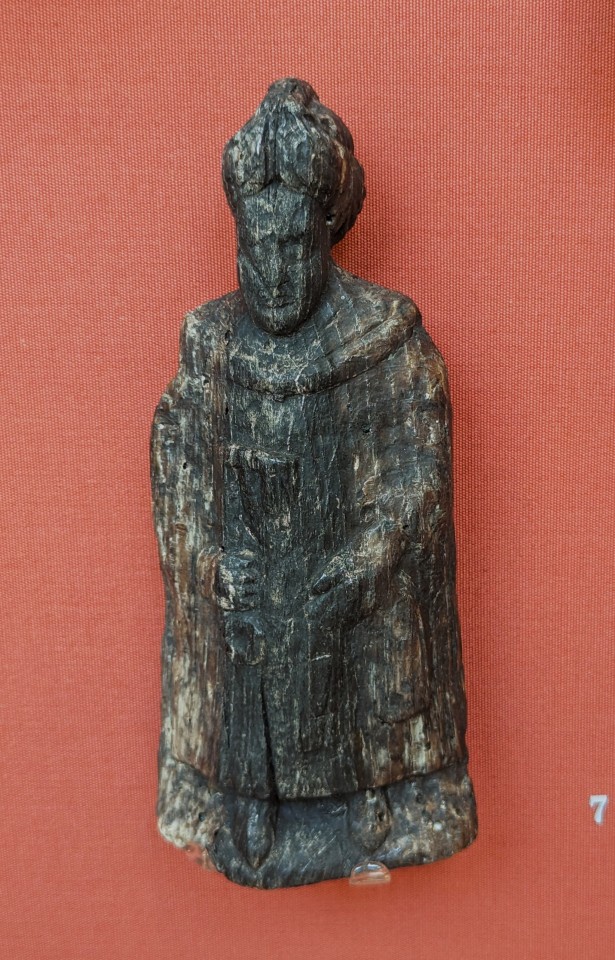
Oak Statuette of the Goddess Epona from Winchester, England dated to the 1st Century CE on display at the Winchester City Museum in Winchester, England
This small statue is thought to be the Gallo-Roman goddess Epona who was a protector of horses and goddess of fertility. While Epona's origins are from Celtic peoples the goddess proved to be very popular amongst the cavalry regiments in the Roman army. She was the sole Celtic diety worshipped in the city of Rome due to this.
Photographs taken by myself 2023
#art#archaeology#history#celts#celtic#england#english#ancient#roman empire#winchester city museum#winchester#barbucomedie
245 notes
·
View notes
Text
does anyone else ever think about how in cohf Magnus refers to Jace, Clary, Izzy and Simon as Alec's friends and says that he just puts up with them for Alec. does anyone think about how later in qoaad at their wedding Magnus refers to them as "their closest friends"??? because I think about it a lot
#they're so!!!!!#tmi gang is my Roman Empire im soooooo normal about them#I think I'm more insane about them now then I was at 15 🥴🥴#the brain rot is getting worse with age#magnus bane#alec lightwood#jace herondale#jace lightwood#clary fairchild#isabelle lightwood#simon lovelace#simon lewis#city of heavenly fire#queen of air and darkness#malec#tmi#tda#the mortal instruments#the dark artifices#tsc#the shadowhunter chronicles#bella talks
672 notes
·
View notes
Text
the chalice of the gods becomes objectively funnier if you head canon that percy and annabeth only stay at New Rome for a single semester before realizing its batshit insane there and running for the hills
#maybe just maybe the society that idealizes a child military#while the fully grown adults are just chilling in a city#might just be a little screwy lmao#also I do think annabeth would lose it#I cant help but imagine everything would be casually anti-greek myth interpretation#or subtly /here is how we the Romans IMPROVED everything/#and annabeth would sit there seething in class idk#mine#new rome
775 notes
·
View notes
Text
Being a pjo fan is having the rippling desire to travel to Greece and Rome because of Percy Jackson and Jason Grace respectively.
#Seriously tho Percy is Greek representative and Jason is Roman representative for me <3#Any time i look at a pretty picture of Rome i just get reminded of jason 🥹🌷 jason is pretty like the city#Ik Jason's past with rome is painful but HE made it beautiful with the service he devoted :(#I hate camp Jupiter but Rome itself? Such a fucking beautiful city to look at#Greece too omg I just KNOW that their food is bomb af#I will travel there one day. It's in my vision board.#pjo#pjo fandom#percy jackson#pjo series#pjo hoo#jason grace#pjo hoo toa#annabeth chase#piper mclean#leo valdez#frank zhang#hazel levesque
129 notes
·
View notes
Note
Do you have any good resources/references/advice for drawing (late republican) Roman clothing? I want to draw a couple of historical figures but thinking about drawing a toga makes me feel like 😖😖😖...
-Costumes of the Greeks and Romans, Thomas Hope
-Greek and Roman Fashions, Tom Tierney
-The World of Roman Costume, ed. Judith Lynn Sebesta and Larissa Bonfante.
-Decorative Symbols and motifs for Artists and Craftsmen/Decorative Patterns of the Ancient World, Dover Publications
-photos & videos from reenactors and reenactment events
-build a screenshot reference library from movies and shows that have costume designs you like, that kind of thing. grab a blanket and wrap yourself up in it toga style and take a photo if you need a specific angle. etc. museums usually have a lot of their galleries online, and places like the met often shoot statues from multiple sides.
#my screenshot reference library has a lot from gladiator/hbo rome/the cleopatra movie/various JC film adaptions#sometimes toy stores and craft supply places have those tiny figures and every now and then they got little romans#highly recommend that too#ask tag#ngl if you can grab the discovery tour edition of assassins creed origins. like. go to one of the greek/roman cities and use#photo mode on various npcs#art advice tag
194 notes
·
View notes
Text
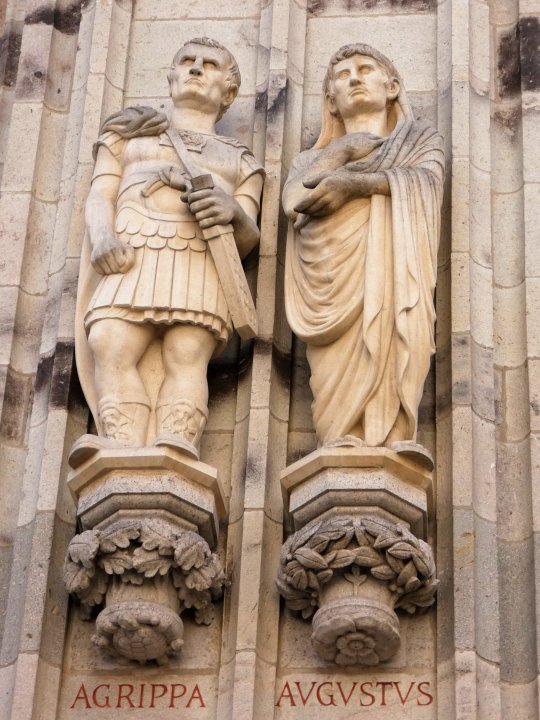
Statues of Agrippa and Augustus side by side on the Cologne City Hall. It was Agrippa who first settled the Germanic tribe of the Ubii in the area and the settlement was known as Ara Ubiorum.
Agrippa's granddaughter Agrippina the Younger was born in the town, which became an important military base, in 15 AD when her father Germanicus was campaigning against the Germans. In 50 AD on Agrippina's urging Claudius promoted it to the Colony and it was renamed Colonia Claudia Ara Agrippinensium. Her statue is also featured on the city hall, a short space from these two.
#ancient rome#roman empire#marcus agrippa#augustus#emperor claudius#cologne#cologne city hall#agrippina the younger#colonia claudia ara agrippinensium#personally it always makes me smile when i see modern statues of ancient people in modern setting#history is alive#unfortunately agrippina's statue has that ungrateful brat nero by her legs and that's just meh
304 notes
·
View notes
Text
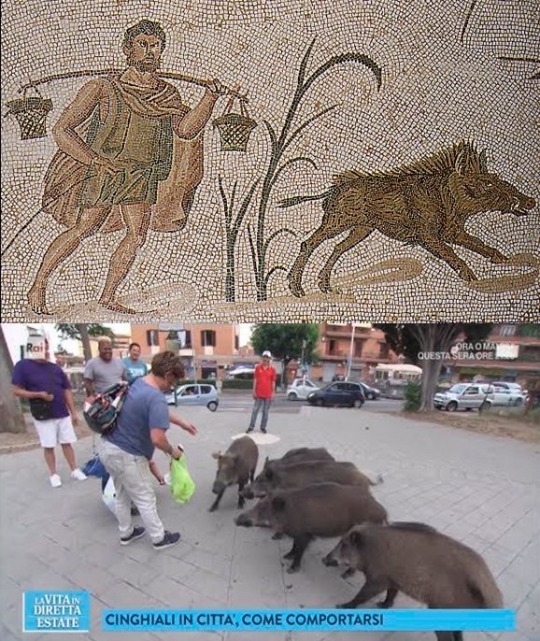
Rome 2000 years ago and Rome today
#rome#ancient rome#roman#mosaics#mosaic#art#boar#boars#wild boars#wild boar#wild#italy#italia#european#city#europe
2K notes
·
View notes
Text
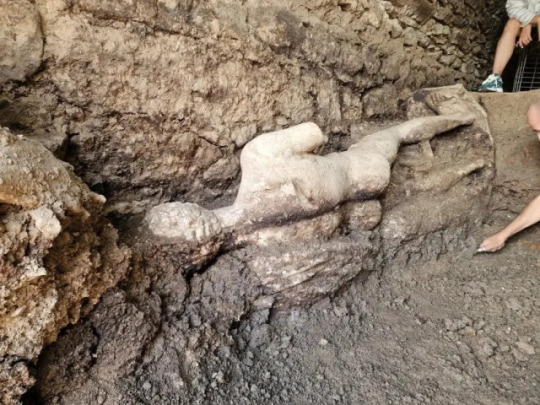
Archaeologists Unearth Remarkably Preserved Marble Statue of Hermes in Bulgaria
Archaeologists led by Prof. Dr. Ludmil Vagalinski have unearthed a remarkably well-preserved marble statue in the ancient city of Heraclea Sintika, near Petrich, Bulgaria. The discovery, announced by the municipality of Petrich, was found within the underground sewer known as "Cloaca Maxima". Efforts are underway to delicately excavate the statue without causing damage due to its exceptional state of preservation.
Standing over two meters tall, the statue is believed to depict Hermes, a prominent deity in the region during ancient times. Prof. Dr. Vagalinski, speaking to "Archaeologia Bulgarica," expressed cautious excitement about the find, noting its significance not only as the best-preserved statue discovered in Heraclea Sintika but also in all of Bulgaria. He suggests that the statue was likely buried by city inhabitants following a major earthquake in the 4th century AD, possibly to safeguard their religious heritage during the rise of Christianity.
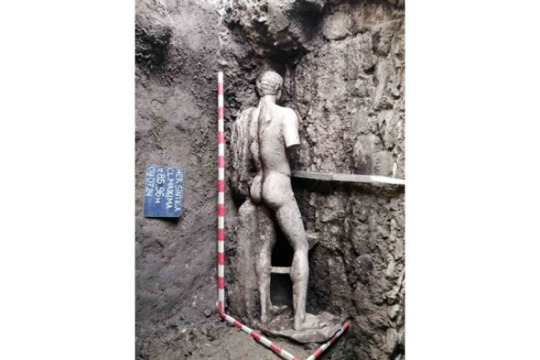
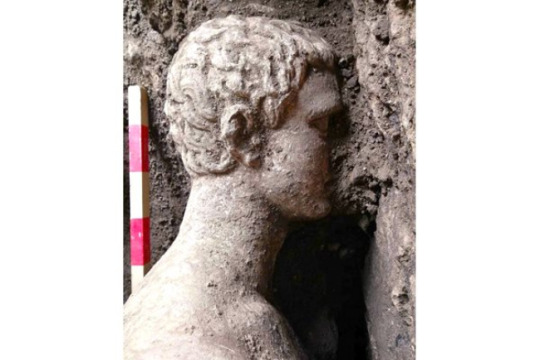
Archaeologia Bulgarica shared updates on the excavation progress via Facebook, revealing that the statue, crafted from a single marble block in the 2nd century AD, remains partially encased in dirt. Archaeologists have noted its resemblance to other depictions of Hermes, placing it within a known iconographic type. Similar statues are rare globally, making this discovery particularly unique for Bulgaria.
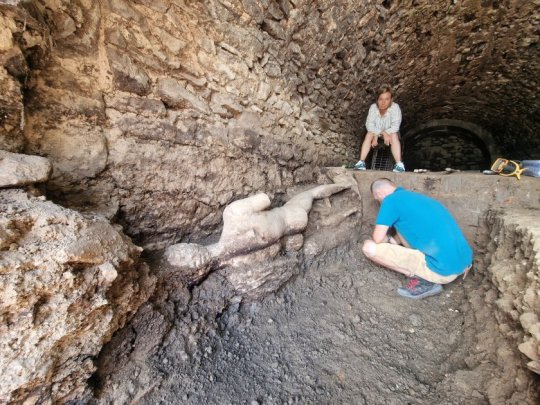
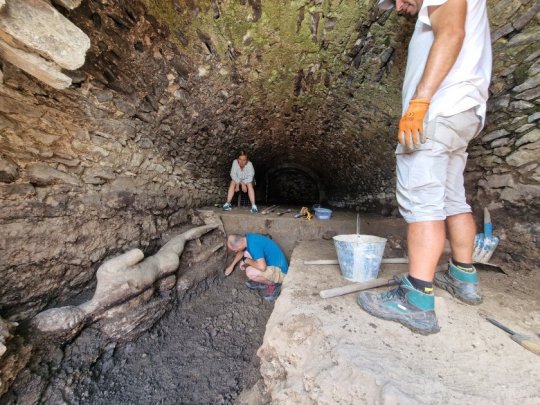
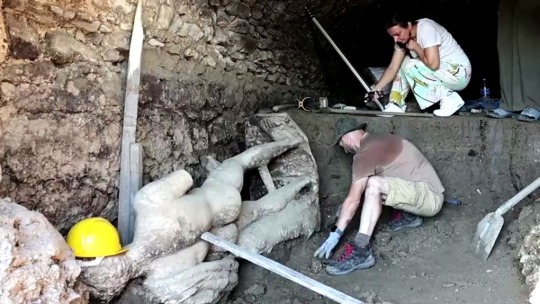
Plans are underway to carefully extract the statue from the Cloaca Maxima and transport it to the museum in Petrich, where it will undergo necessary restoration before being displayed alongside other archaeological finds. Prof. Vagalinski emphasized the challenges of preserving the ancient city's structures, especially those located on private property, where permanent conservation measures are limited. He highlighted the unexpected nature of the discovery, which came to light during routine inspections of the canal's condition.
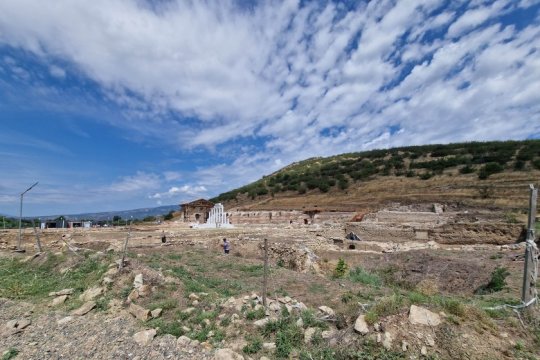
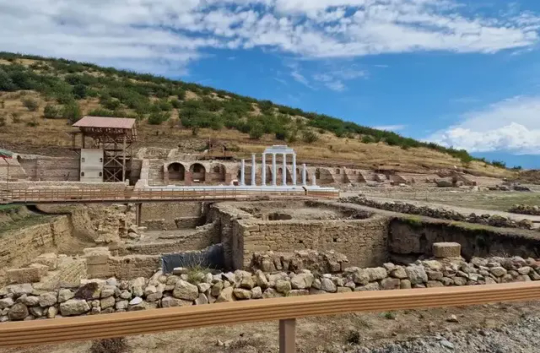
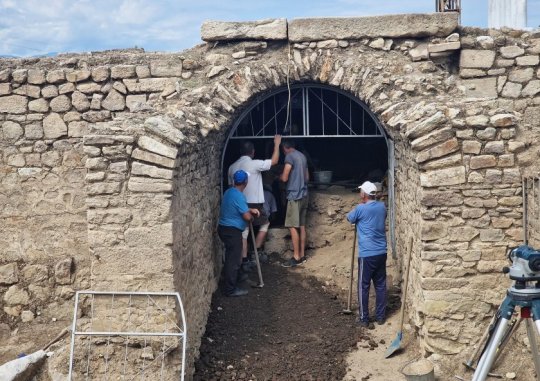
The excavation team, which first uncovered ancient structures in the area six years ago, had placed protective barriers to secure the site. Upon closer examination, marble remnants were noticed, leading to the gradual unveiling of the statue of Hermes. Work on fully exposing and documenting the statue will continue in the coming days, offering new insights into the religious and artistic practices of ancient Heraclea Sintika.
#Archaeologists Unearth Remarkably Preserved Marble Statue of Hermes in Bulgaria#ancient city of Heraclea Sintika#Petrich Bulgaria#Cloaca Maxima#marble#marble statue#ancient artifacts#archeology#archeolgst#history#history news#ancient history#ancient culture#ancient civilizations#roman history#roman empire#roman art#ancient art
322 notes
·
View notes
Text



The Burrow Carvings, Lancaster City Museum, Lancaster
Group of carved stones, probably part of a third century mausoleum, temple or shrine.
This group, which is unique in this country, was found during the building of the canal south of Lancaster, near Burrow Heights, in 1794, The main Roman road into Lancaster passed close by.
The heads may represent the four winds or the four seasons and the standing figure (not shown) the deceased. The lions (one shown) are similar to a group of lions and stags from a shrine at Shorden Brae in Northumberland.
#Roman#roman mausoleum#tomb#roman road#roman city#roman britain#roman army#roman carving#roman sculpture#roman beliefs#ancient living#ancient crafts#ancient cultures#Lancaster
60 notes
·
View notes